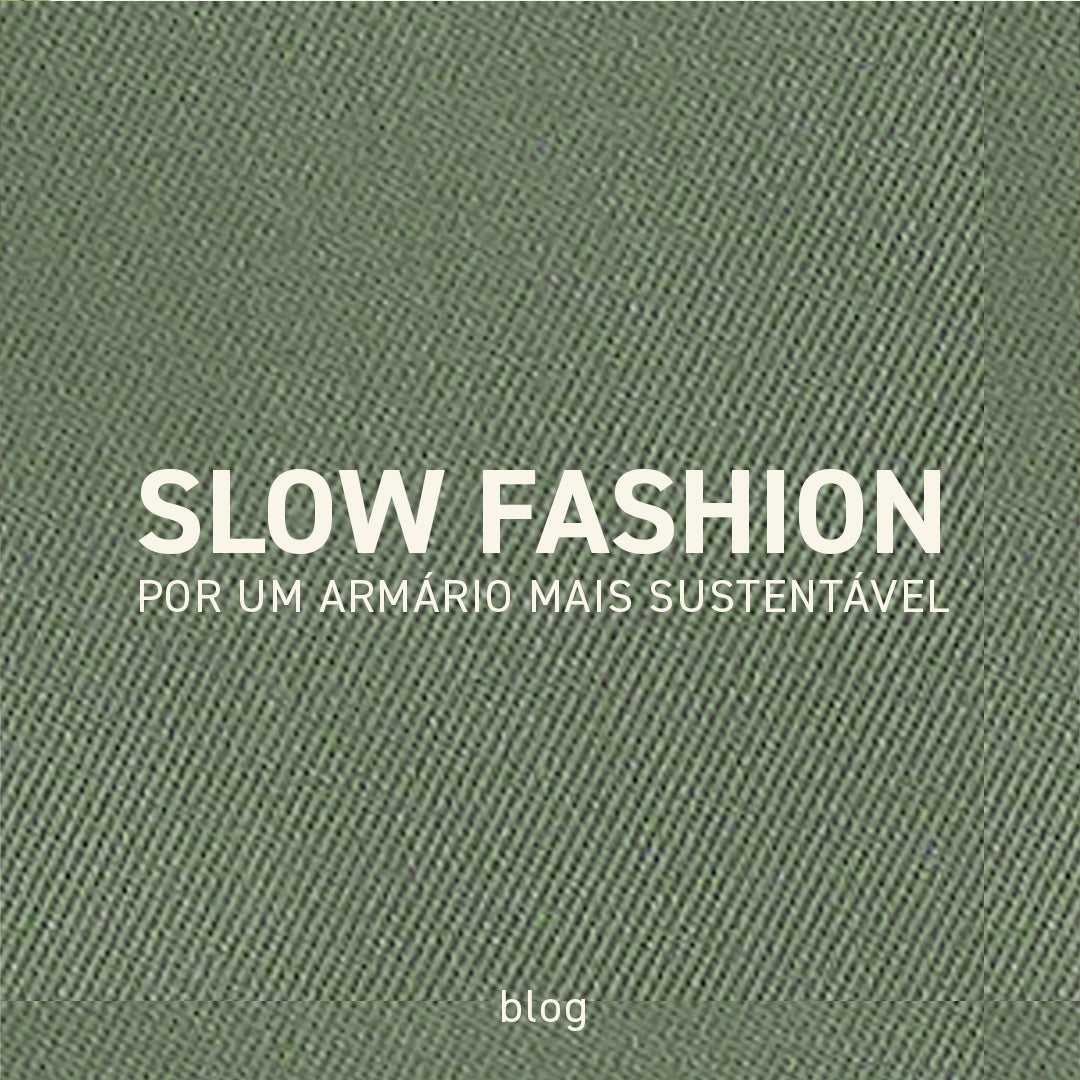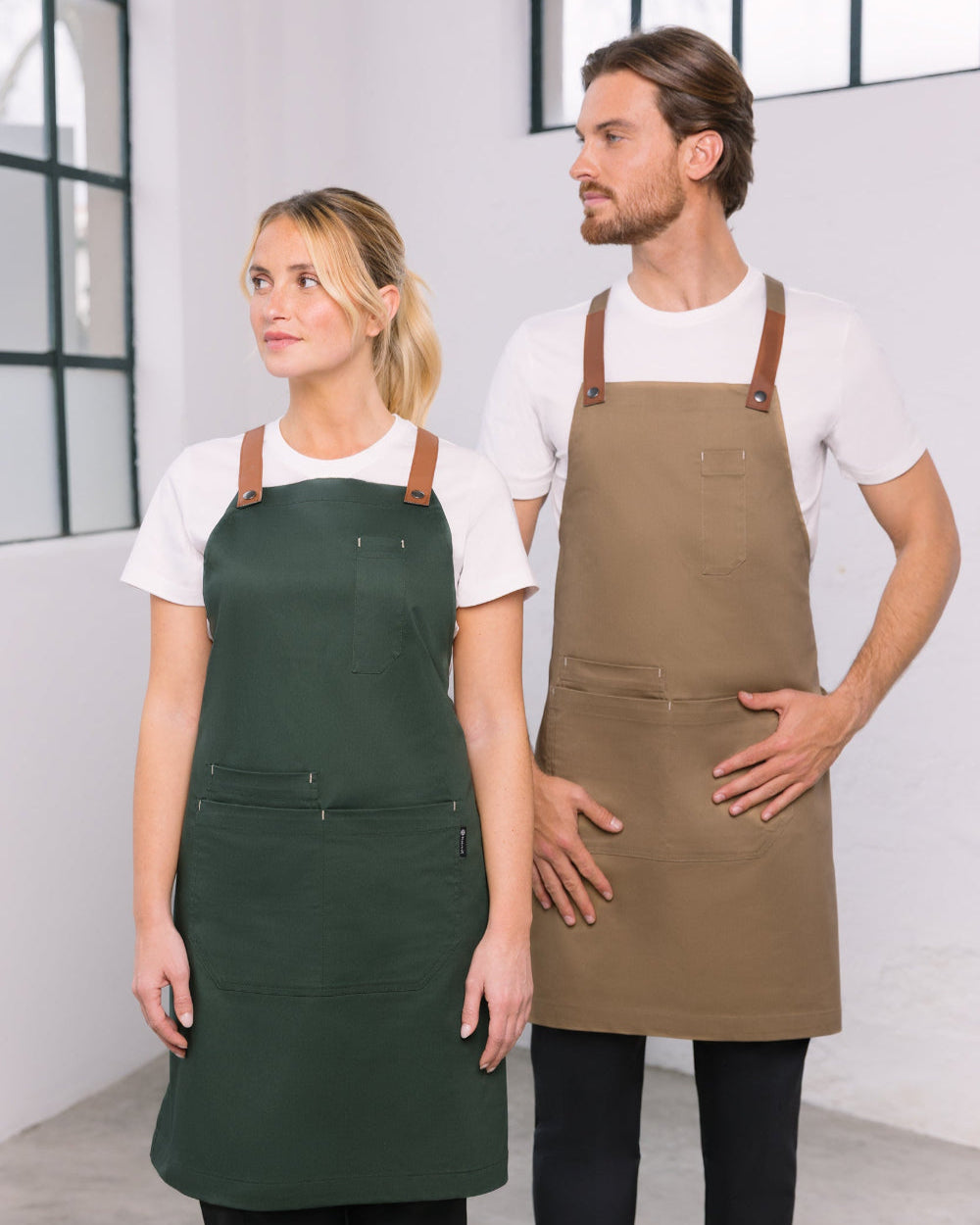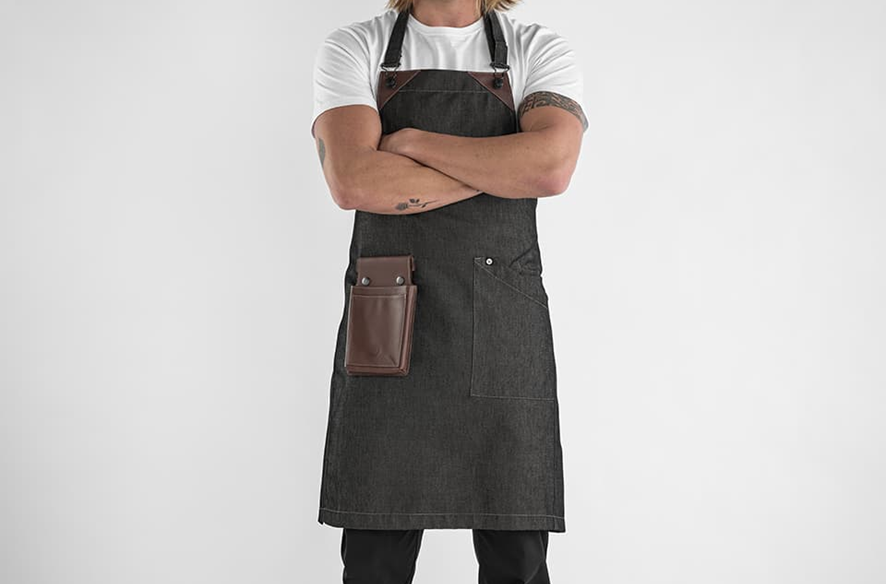
Slow Fashion: For a more sustainable wardrobe
To understand the term slow fashion, we first need to understand its opposite. Fast fashion consists of clothing brands that produce cheap clothes in mass quantities. However, the price is paid by the environment and the livelihoods of industry workers. New collections almost weekly aim to minimize the time between supply chain development and encourage consumerism.
On the other hand, sustainable fashion includes clothes that are created and consumed with consideration for the environment and the workers in the sector. Thus, the sustainability matrix arises where the following are crucial:
- Reducing CO2 emissions;
- Reducing pollution and waste;
- Support for biodiversity;
- Ensure that the workforce receives a fair income.
We then need to change the buying and consumption habits of these products. So what should we consider to ensure a sustainable wardrobe?
Buy less, buy better
First of all, and because the Fashion sector is responsible for 10% of global CO2 emissions, it is crucial to change habits. As consumers, we must reduce consumerism by choosing to buy fewer pieces, MORE DURABLE and with LOWER ENVIRONMENTAL IMPACT.

Photo by ARTEM BELIAIKIN on PEXELS
Avoid greenwashing
The number of brands calling themselves “sustainable” has risen exponentially in recent years. However, they may hide relevant information to keep their products “green.” From materials hidden in the production chain to the insignificance of the claimed benefit, some companies take advantage of greenwashing to align with the movement.
Beware of dangerous chemicals
It is estimated that more than 8,000 synthetic chemicals are used in clothing production, including carcinogens. From chromium to formaldehyde or PFCs, these substances pose health risks ranging from skin irritations to infertility and cancer.
Thus, you can opt for pieces made of linen, organic cotton, or other biomaterials used in the circular economy and/or dyed with natural dyes.
Also adopt laundry habits such as washing before wearing. Use filters in the machine to retain chemicals and other hazardous substances that could pollute the water.
Take care of your clothes
An environmentally responsible wash starts with the choice of detergents. Choose natural options or make your own cleaning products.
The second step is to wash less and use cold water cycles. Many clothing items do not need to be fully washed after one use. Sometimes, just airing them out or spot cleaning stained areas is enough. Additionally, using hot water breaks down colors and the fibers of less durable fabrics more quickly.
Finally, the dryer is one of the household appliances with the highest energy consumption. Therefore, to keep clothes fresh, hang them out to dry in the sun.

Photo by MALI MAEDER on PEXELS
Ensure a second life
What to do with used clothes? First, we must ask the question: Can it still be used by someone? If yes, there are several options:
- Transform/Repair – upcycling, the pieces we don’t use can have a new life as another category of products.
- Sell – on platforms or to friends/family.
- Donate – not indiscriminately. We should research institutions that accept and/or need those products.
- exchange – from clothing swap markets to scheduled events on social networks.
If the answer is no, reuse them for cleaning or place them in a used clothing container. Additionally, you can give them to stores that reuse clothes and textile waste.
 Photo by IVAN SAMKOV on PEXELS
Photo by IVAN SAMKOV on PEXELS
In short, the habits of slow fashion start with each of us consumers. It is not just about buying fewer clothes. As we have seen, there is a whole world of parties involved in this sector. Therefore, when acquiring a piece of clothing, be aware of where it came from, what materials it is made of, and how to care for it.





